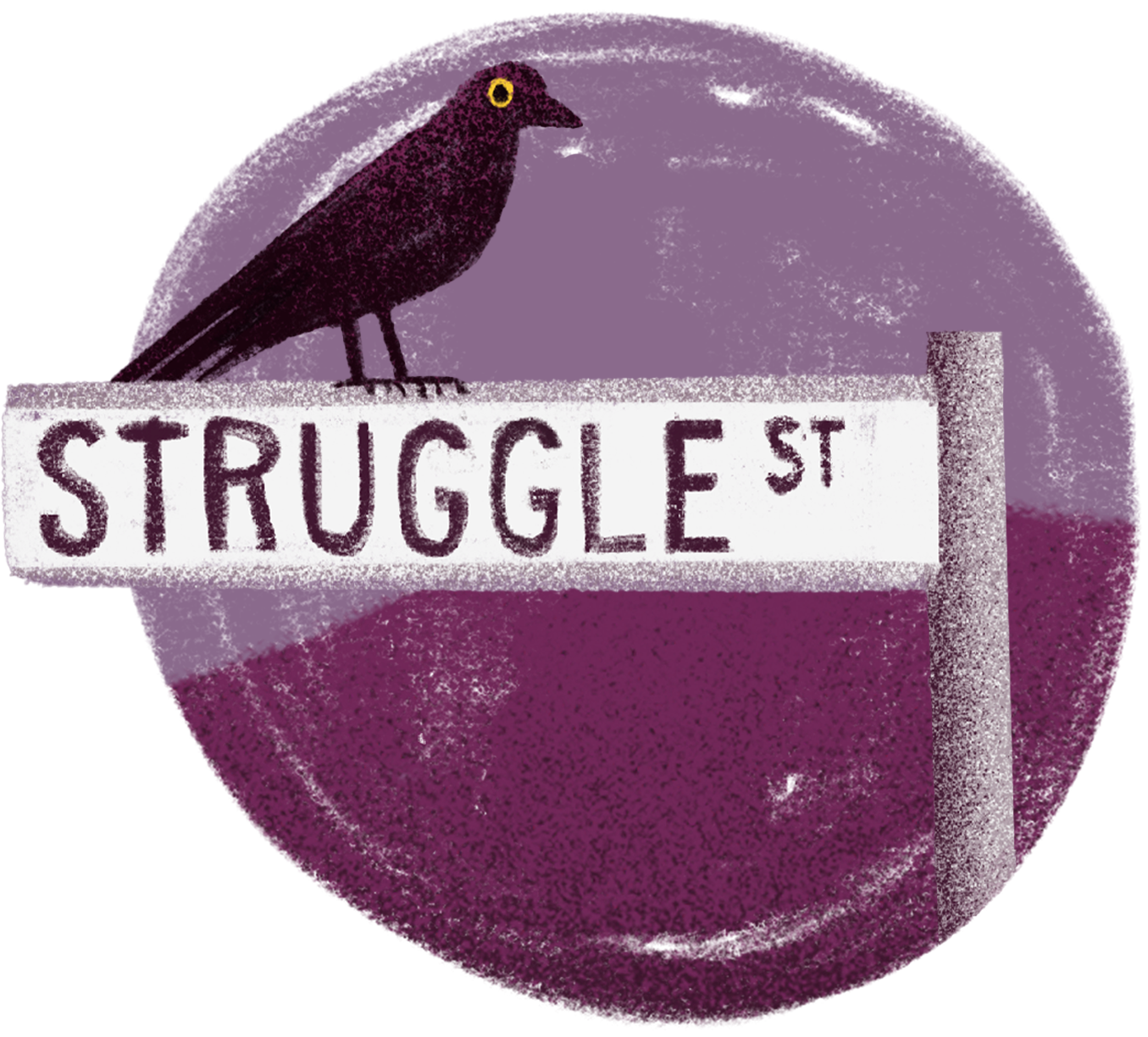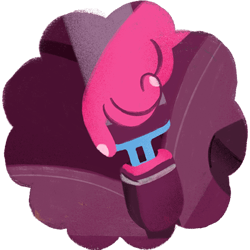LEVEL UNLOCKED: L PLATES

Ready to get rolling with your driver’s licence?
Here’s how to get your L plates, and what to work on once you’ve got ‘em. And remember: everyone on the road once started as a learner.
Your path to driving solo

Getting your Ls
If you haven’t already, you’ll need to be at least 16 years old and pass a theory test and eyesight test to get your learner’s permit.
Have you completed Keys4Life in the last two years? If so, you can skip the theory test and use your Keys4Life certificate as ID when applying for your learner’s permit.

Logging your 50 hours
Next step: learn to drive. Once you have your learner’s permit, you’ll use your Department of Transport Learner log book to record at least 50 supervised driving hours as you build experience. You can grab any parent or family friend who’s had their licence for at least four years, or book in with an instructor.
Clocking up the miles
Try to get a mix of experience when learning to drive. This can include:
- Driving in various traffic levels
- Driving in rainy and wet road conditions
- Practising different types of parking
- Driving (and stopping safely) at speeds between 80 and 100km/h.
5 of your 50 supervised driving hours need to be completed at night between sunset and sunrise. Chance for a cheeky drive-through visit, anyone?
Remember, you’ve gotta be accompanied by a supervising driver while learning to drive. You’ll also need to show your L plates and carry your learner’s permit every time.
The Game-Over FiveIf you’re 25 or older you won’t need to log hours before applying for your driving test. You’ll still need to pass the theory test, hazard perception test and practical driving assessment though, so it’s still important to practise.

Hazard Perception Test
Before you can take your Practical Driving Assessment (PDA), you’ll need to pass the Hazard Perception Test (HPT).
This tests your ability to spot hazards and make safe driving decisions. Good news though – you can practise before the day.

Practical Driving Assessment
Once you’ve passed the HPT and feel confident, you can book your practical driving assessment. Bring your log book, ID and learner’s permit and follow the assessor’s instructions carefully. If at first you don’t succeed, you can book in and try again.
Entering your P Plate Era
Once you pass your driving assessment, you’ll have your photo taken and pay the renewal fee. Then you’ll receive your provisional license and the right to proudly display your P Plates. From here, you’ll be provisional for two years. Brush up on the P plater rules, avoid getting demerit points, and start planning the next road trip!
See what’s up ahead
Are you road trip ready?
See if you have what it takes to navigate the chaotic energy that goes hand in hand with a road journey or big night out.
Challenge accepted
